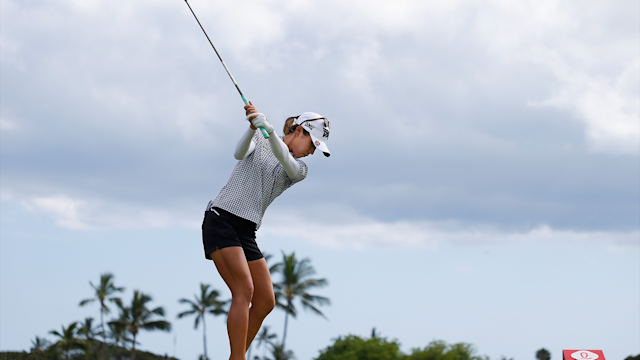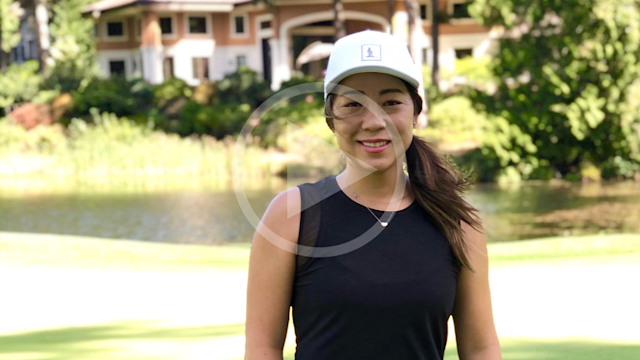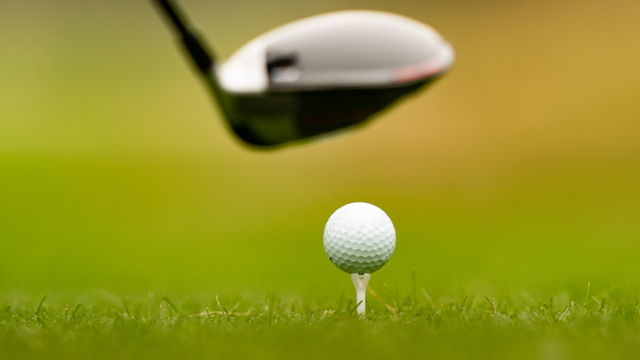quick coaching
Stability at the Top of Your Golf Swing will Lead to Consistency
By Keith Stewart, PGA
Published on
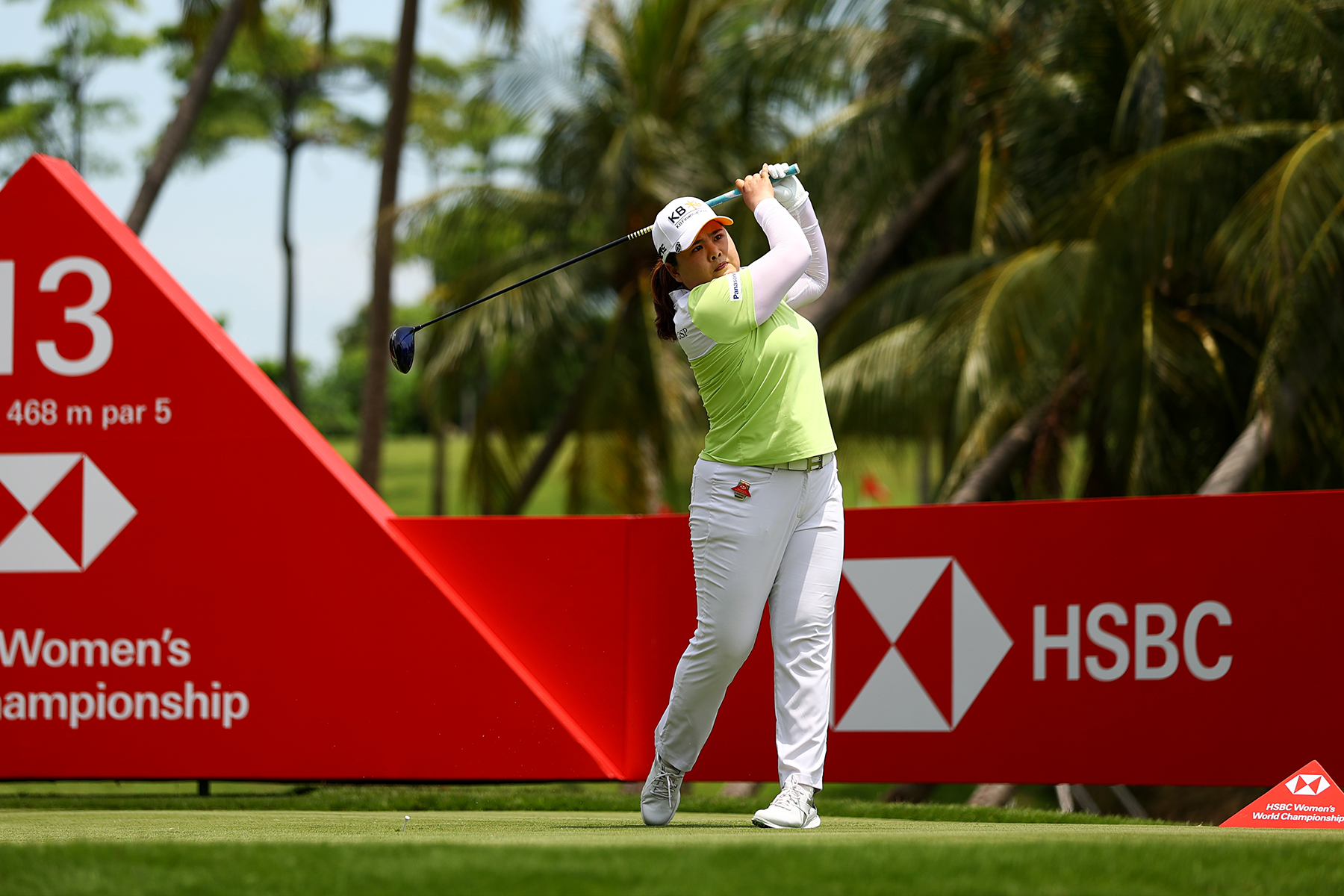
Inbee Park of South Korea plays her shot from the 13th tee during the third round of the HSBC Women's World Championship at Sentosa Golf Club on May 01, 2021 in Singapore. Photo by Yong Teck Lim/Getty Images
Golfers crave consistency. Like Bryson, they covet speed as well, but let’s be honest a vast majority of golfers cannot swing the club head faster than 90 miles per hour. Since that’s the case, it is important to look at the tour rounds on television for other moments of inspiration.
Inbee Park is leading the HSBC Women’s Championship in Singapore this week on the LPGA TOUR. Inbee is a wonderful example of consistency. With a little over 17 million in career earnings, 20 wins and 7 major championships she is the epitome of reliability. She has been winning on tour since 2008 and has finished in the Top 10 110 times throughout her playing career.
That amazing level of dependability she possesses stems from a very stable golf swing. At one point in particular, she excels when compared to her peers. Whether you observe her swing from down the line (television viewpoint) or face on you can see this critical move.
Most who watch Inbee play comment on the methodical nature of her takeaway. That’s not where we are going with this PGA Coach teaching moment. Take notice of the top of her backswing. Here is where the average golfer can really learn from Park’s stroke.
Her wrists remain very stable at the top of her swing. The club is almost pointed to the sky as she gets to the top and begins that fabulous transition. Since most golfers do not have the mobility of a PGA or LPGA Tour player, this position at the top should be copied.
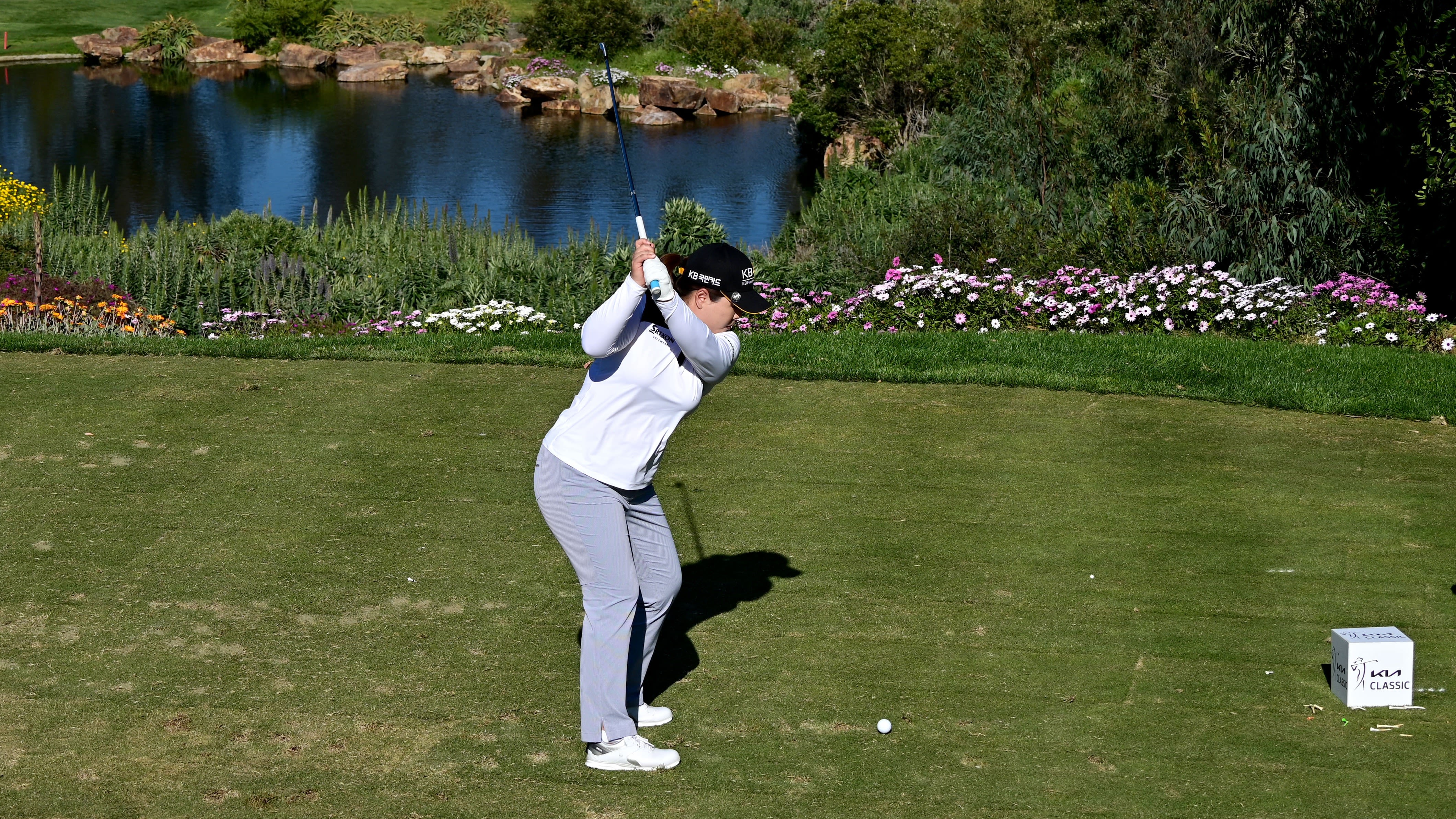
(Photo by Donald Miralle/Getty Images)
Losing control of the club in our backswing creates some very undesirable results in the downswing. Inbee’s position at the top is how many of us should feel at that moment. For you it certainly may feel like that club is pointed to the sky, but in reality, it will create a very stable wrist position as you begin your transition. A critical control point when it comes to consistency.
Next time you get to the practice range try this experiment. Grab a nine iron, take your normal address position and start your regular backswing. As you begin to turn away from the ball, don’t break your wrists. Continue to coil until your body stops. The club will most likely be pointing toward the sky. Your swing will feel shorter, but it isn’t. The length your club has travelled will be shorter, but the distance your body parts move will not have changed (other than the wrists).This feeling is different yet cool at the same time. Try this drill a couple more times before you try to hit a ball. Setup, turn away, swing back and don’t break your wrists. Yes, the wrists feel stiff, but the body will feel the same. Focus on that Inbee image in your head. Once you have a comfortable concept of this new wrist position at the top, let’s introduce a ball. Place it on a tee. Perform the drill and this time come back and strike the ball.
One of two things will happen, the brain will react, and we will activate those wrists and chop down toward the ball. Or… the wrists will remain inactive, and the body will start the transition. Continue to practice the drill in this manner. Over time you will notice a significant change in your transition. Your inner Inbee will start to take over and it will make you a more consistent ball striker.
Keith Stewart is a 5-time award-winning PGA Professional with 25 years of experience in the golf industry. His network of players, coaches and insiders provide him with a unique perspective on the game. He's a writer on PGA.com and host of the ProShow on ESPN 920 AM Friday afternoons at 3:00pm EDT. Check out his PGA Coaching articles archived here or his conversations on air with this link to his website The ProShow.
